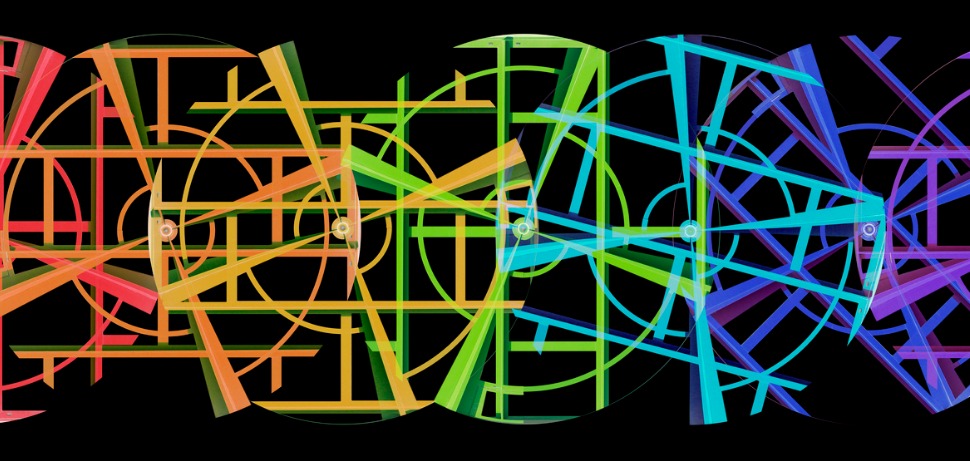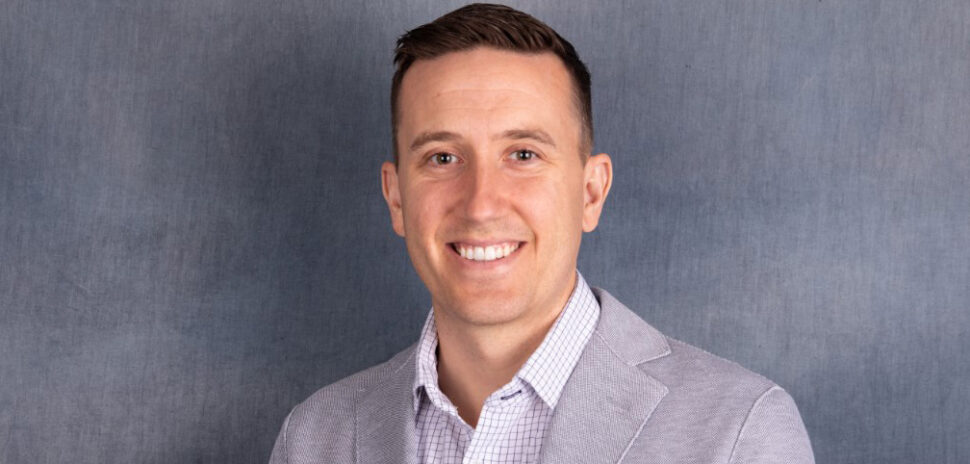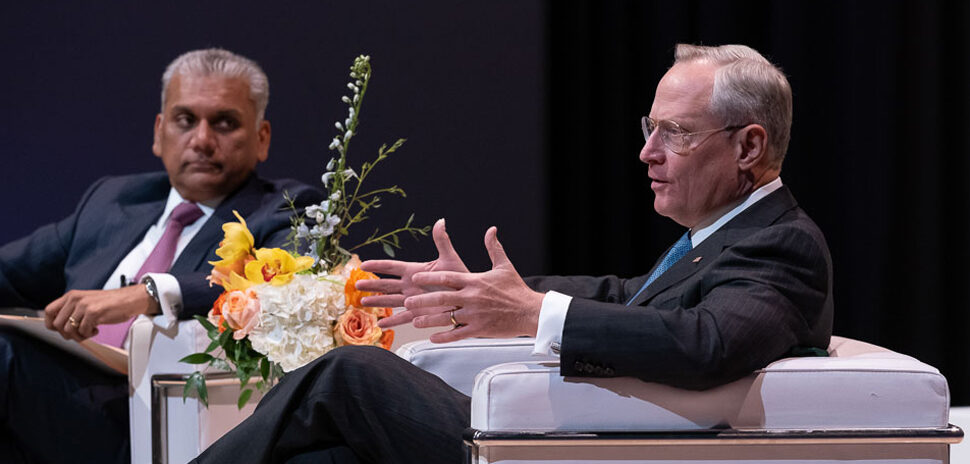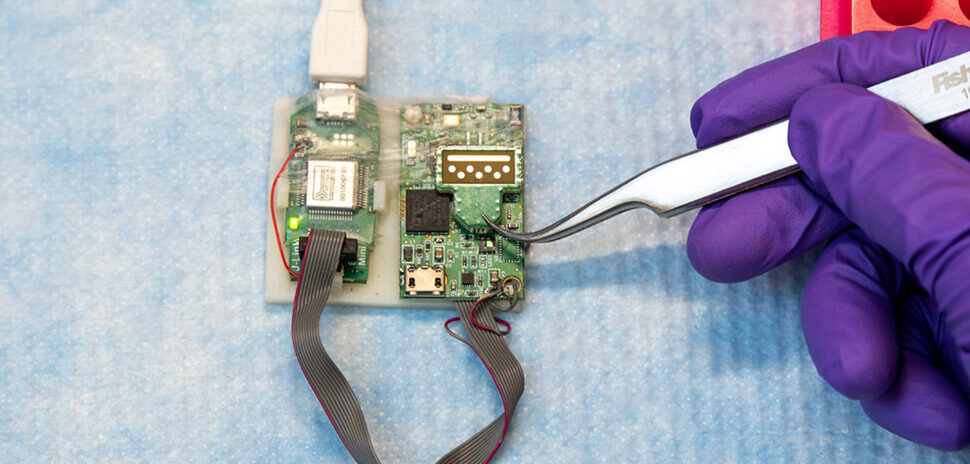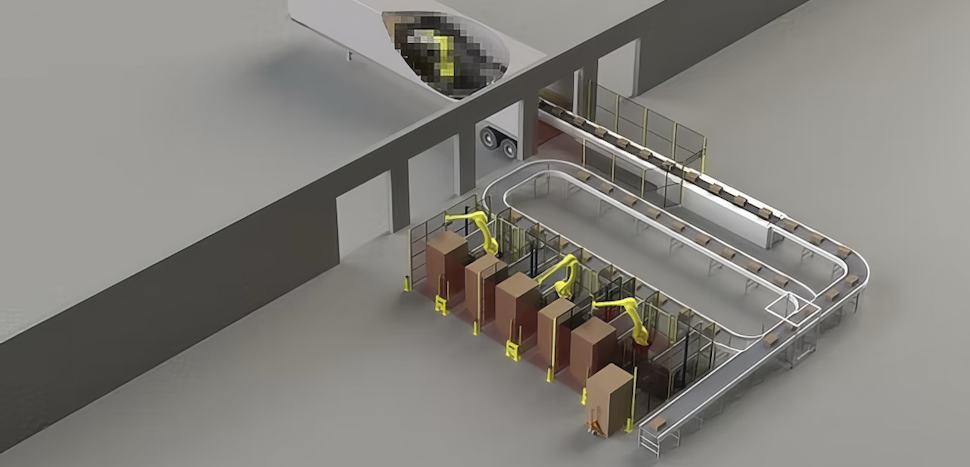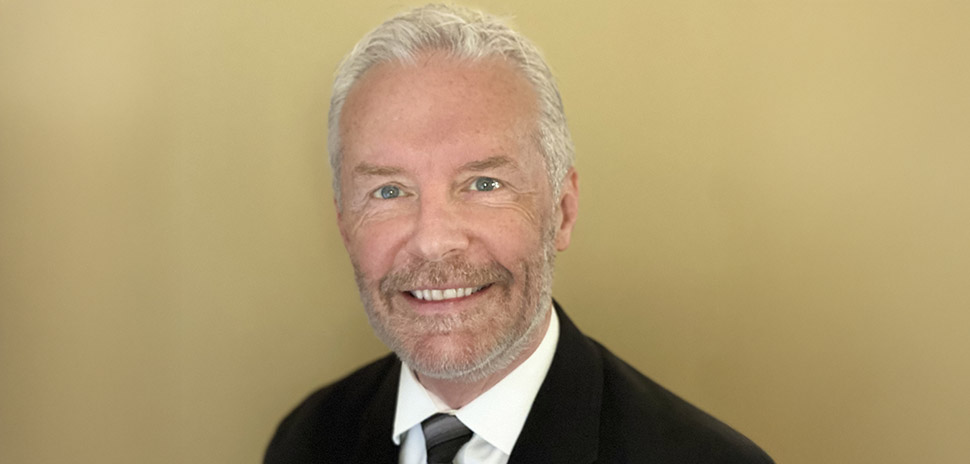UTD MAKES WIND POWER ADVANCES, QUALIFIES FOR MILLIONS IN FUNDING AFTER REACHING BENCHMARKS
![]() It was a big week for research at the University of Texas at Dallas.
It was a big week for research at the University of Texas at Dallas.
On Monday, the university was featured in an article on the Windpower Engineering & Development website that detailed how a team of researchers at UTD has developed a new way to pull more power from the wind — an approach that has the potential to increase wind-power generation with “a consequent increase in revenue.”
The numbers are pretty impressive. The website said that numerical simulations performed at the Texas Advanced Computing Center show potential increases of up to 6 to 7 percent. The new method has the potential to generate $600 million in added wind power across the nation from existing wind facilities, the researchers said.
What does the new research entail?
The website said that a common method used to model turbulence in fluids is through large-eddy simulations, and that several years ago, Stefano Leonardi, an associate professor of mechanical engineering at UTD, and his research team, created models that can combine physical behavior across a wide range of length scales — from 100-m diameter rotors to centimeters-thick blade tips. The model could accurately predict wind power using supercomputers, the website said.
On Wednesday, UT Dallas announced it reached the benchmark criteria needed to qualify for funding from the National Research University Fund, which it says is ane exclusive source of research support support available to Texas’ “emerging research universities.”
UT Dallas said it qualified for the funding — which this year totaled $7.5 million — by achieving these Texas Higher Education Coordinating Board’s benchmarks for two consecutive years:
-
- $45 million in annual expenditures on restricted research.
- $400 million endowment.
- High-achieving freshman class.
- High-quality faculty.
- Membership in the Association of Research Libraries, Phi Beta Kappa or equivalent national organization.
“In its short history, The University of Texas at Dallas has set itself apart and earned their reputation as a national leader in research,” Texas Gov. Greg Abbott said. “UT Dallas has generated innovative and groundbreaking discoveries that contribute to our economy and advance Texas as a premier state for higher education. I congratulate UT Dallas for qualifying for the National Research University Fund, and I look forward to all their great work to come.” You can find out more here.
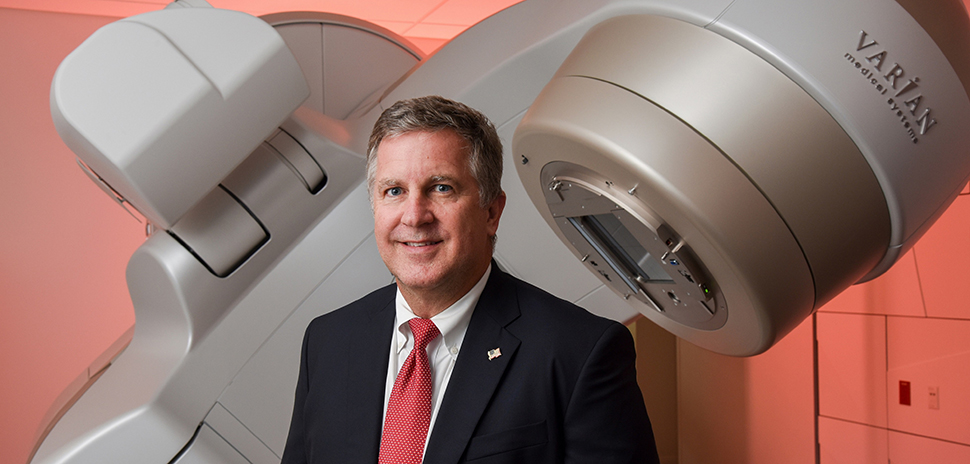
Dr. Robert Timmerman has been named as an ASTRO Fellow. [Photo Courtesy UT Southwestern]
UT SOUTHWESTERN PHYSICIAN NAMED ASTRO FELLOW
UT Southwestern announced that Dr. Robert Timmerman has been designated an American Society for Radiation Oncology (ASTRO) Fellow. It’s quite an honor for Timmerman. Since the award began, only 328 people have been recognized out of the 10,000 members worldwide.
He will be recognized during ASTRO’s annual meeting in October. Timmerman is one of 35 individuals to be recognized for significant contributions to the field of radiation oncology. Timmerman, professor of Radiation Oncology and Neurological Surgery, has been an international leader in the development of stereotactic ablative radiotherapy (SAbR), a type of highly focused, high-intensity radiation therapy, UT Southwestern said.
STUDY: NATIVE AMERICANS USED FIRE TO MANAGE LAND, MANIPULATE BISON HERDS
A new study led by Southern Methodist University archaeologist Christopher I. Roos addresses addresses a burning question among scientiests —concluding that Native American communities used fire to actively manage prairies in North America for centuries before Europeans set foot in North America.
SMU said in a release that the study, published in Proceedings of the National Academy of Sciences, documents the use of fire to manipulate bison herds in the northern Great Plains.
“Too often, if scientists see strong correlations between fire activity and climate, the role of humans is discounted.”
Christopher I. Roos
It concluded that — contrary to popular thinking — burning by Native American hunters actually combined with climate variability to intensify the effects of climate on prairie fire patterns, SMU said.
“While there is little doubt that climate plays an important top-down role in shaping fire patterns, it is far less clear whether human activities —including active burning—can override those climate influences,” Roos said. “Too often, if scientists see strong correlations between fire activity and climate, the role of humans is discounted.”
SMU said that anthropologists and historians have documented a variety of fire uses by Native Americans, but fire scientists also have noted strong fire-climate relationships spanning more than 10,000 years, the release said.
“People often think that hunter-gatherers lived lightly on the land,” said Kacy L. Hollenback, an SMU anthropologist and co-author of the study. “Too often we assume that hunter-gatherers were passive in their interaction with their environment. On the Great Plains and elsewhere, foragers were active managers shaping the composition, structure, and productivity of their environments.”

TWU kinesiology students were honored for their National Biomechanics Day program. [Photo Courtesy Texas Woman’s University]
TWU KINESIOLOGY STUDENTS WIN HONOR FOR BIOMECHANICS DAY EFFORT
Texas Woman’s University’s biomechanics group recently was honored by the American Society of Biomechanics, named one of three National Biomechanics Day content winners.
The honor was for the university’s kinesiology students who invited a group of 27 Aubrey High School students into their labs for a day of movement and motion, allowing the TWU students to put what they’ve learned into practice.
The TWU group was selected for the top honors out of nearly 300 entries submitted by university representatives in the U.S. and around thew world. This was the first year TWU has participated in National Biomechanics Day.
Discovery: UTSW Discovers Alzheimer’s ‘Big Bang,’ UNTHSC Scientist Tracks Mosquitoes for Your Health
![]()

